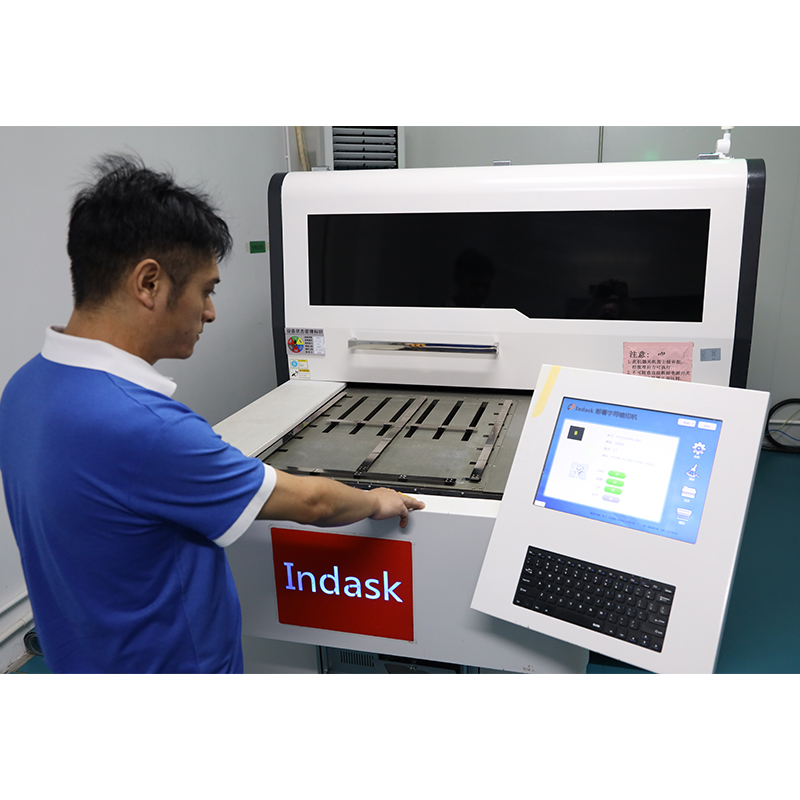In today’s blog post, we’ll explore the exciting world of rigid-flex circuit boards and their potential applications in battery-powered devices. As advanced technologies drive innovation across industries, it is critical to explore new ways to maximize efficiency and performance. Let’s take a closer look at how rigid-flex circuit boards are revolutionizing the world of batteries.
First, it’s important to understand what rigid-flex circuit boards are and how they differ from traditional circuit boards. Rigid-flex circuit boards are a combination of flexible and rigid substrates, making them ideal for applications that require both flexibility and mechanical stability. By integrating flexible and rigid materials, these boards can overcome the limitations imposed by traditional PCBs.
Now, let’s address the question at hand: Can rigid-flex circuit boards be used in battery-powered devices? The answer is yes! Rigid-flex circuit boards offer several advantages that make them an excellent choice for battery-powered devices. Let’s explore some of these benefits in detail.
1. Space efficiency: As battery-powered devices become smaller and more compact, space is at a premium. Rigid-flex circuit boards are designed to fit into small and irregularly shaped spaces, allowing for more efficient use of the available area. This space-saving design allows for the integration of additional components to enhance the functionality of battery-powered devices.
2. Improve reliability: Battery-powered equipment often faces harsh operating conditions, including temperature fluctuations, vibration and physical stress. Rigid-flex circuit boards are designed to address these challenges, ensuring enhanced durability and reliability. By providing a stable platform for electronic components, rigid-flex circuit boards reduce the risk of failure, thereby extending the life of the device.
3. Enhanced flexibility: Flexibility is a key requirement for battery-powered devices used in various industries such as medical, aerospace and wearable technology. Rigid-flex circuit boards provide the necessary flexibility to bend and conform to the shape of the device without compromising electrical performance. This flexibility allows for the creation of highly versatile and ergonomic battery-operated devices.
4. Cost-effectiveness: Although rigid-flex boards initially require a higher investment than traditional PCBs, they can save costs in the long run. The durability and longer service life of rigid-flex circuit boards reduce the need for frequent replacement, thereby reducing costs over the entire life cycle of the device. Additionally, the ability to integrate multiple functions onto a single board further reduces manufacturing and assembly costs.
5. Enhanced power and signal integrity: Battery-powered devices require efficient power and signal transmission to ensure optimal performance. Rigid flex circuit boards provide excellent power and signal integrity by minimizing impedance and signal loss. This feature enables higher voltage/current capabilities and better signal quality, thereby increasing device efficiency and reliability.
Considering all these advantages, rigid-flex circuit boards are an obvious choice for battery-powered devices. Their space efficiency, improved reliability, enhanced flexibility, cost-effectiveness and superior power/signal integrity make them a game-changer across industries.
In summary, rigid-flex circuit boards offer a wide range of advantages that can significantly benefit battery-powered devices. The ability to optimize space utilization, enhance durability, provide flexibility, reduce costs, and improve power/signal integrity are some of the key reasons why battery-powered devices should consider rigid-flex circuit boards.
As technology continues to evolve, it’s critical to embrace innovation that optimizes performance and efficiency. Rigid-flex circuit boards offer a promising solution to the growing demand for smaller, durable, and high-performance battery-powered devices. Using these advanced circuit boards unlocks endless possibilities and opens the door to creative and groundbreaking applications. So let’s harness the power of rigid-flex circuit boards to power our battery-operated devices for a better tomorrow.
Post time: Oct-09-2023
Back







